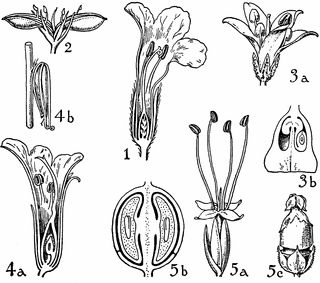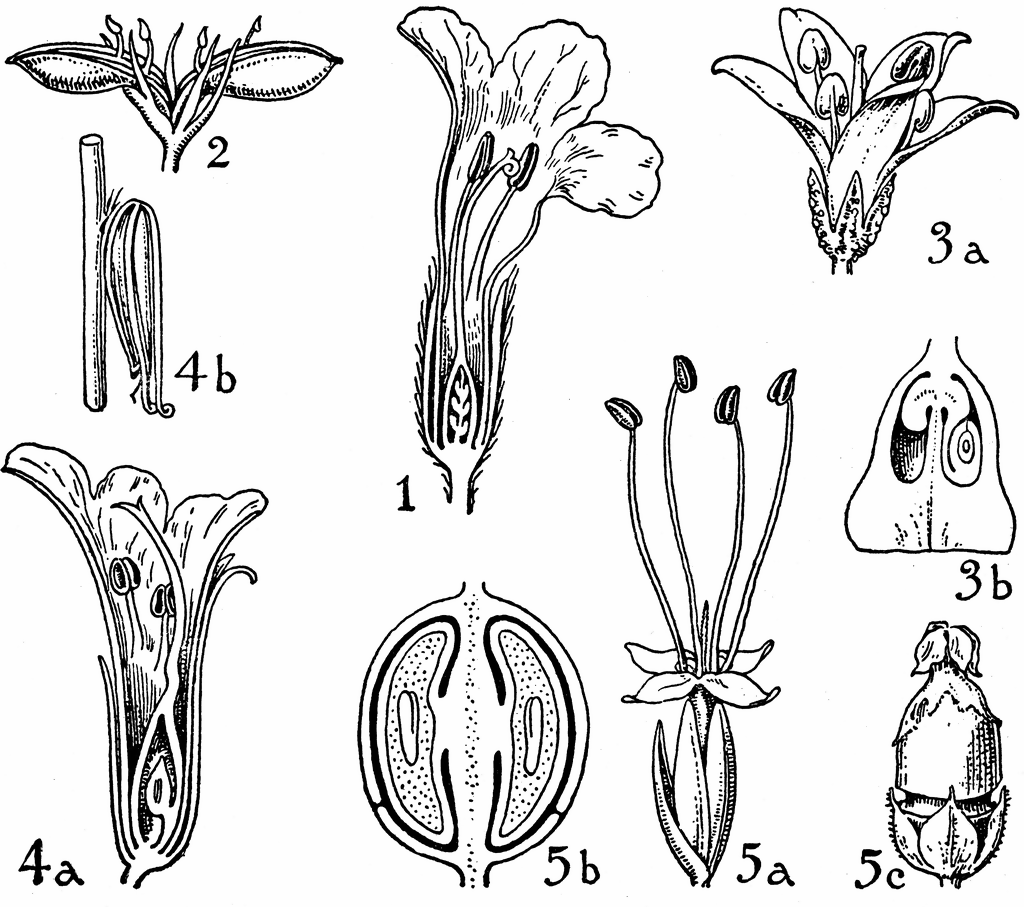Author
Accepted 16 May 2013, Available online 26 June 2013.
Abstract
This article examines the development of a laser pretreatment method for glass fibre reinforced polypropylene surfaces for industrial applications. This work aims to create a reproducible surface for bonding low-energy polypropylene which adheres very poorly to most adhesives and forms to the matrix material for plastic composites. The combination of glass fibres with polypropylene in the form of hybrid yarns is intended to produce a low-cost and powerful engineered fibre composite with applications in high-technology industries. The key process is bonding the engineered fibre composite without modifying the material properties. This is done by adhesive bonding. For this purpose, various pretreatment processes were examined and compared, for example, surface degreasing, plasma pretreatment for final cleaning and activation, the use of peel ply and laser pretreatment. The laser pretreatment serves two purposes: the defined generation of different surface structures and the exposure of glass fibres to be able to exploit the adhesive properties of glass surfaces. Moreover, two processes of artificial aging were performed to simulate potential boundary conditions during future use thus ensuring well-founded assessment of the pretreatments. Possible maximum initial adhesive strength is not the only key factor in favour of a decision to use adhesive bonding. Rather is the resistance to aging in real ambient conditions relevant for the long-term usage and stable bonding behaviour. Finally, the surface pretreatment methods are compared with each other, assessed and critical issues of surface pretreatment and material are validated.
For further details log on website :
http://www.sciencedirect.com/science/article/pii/S0143749613001188








